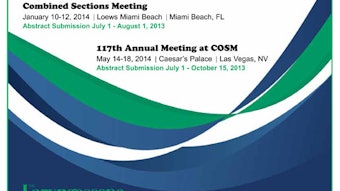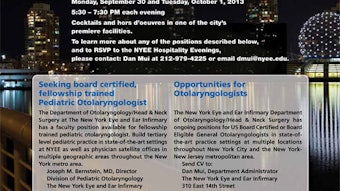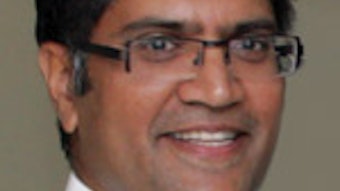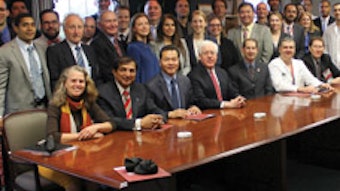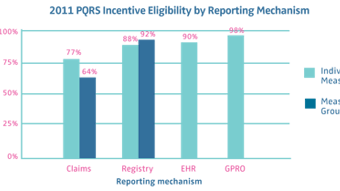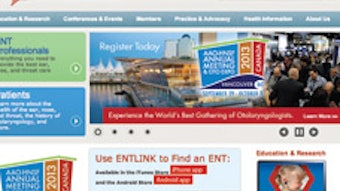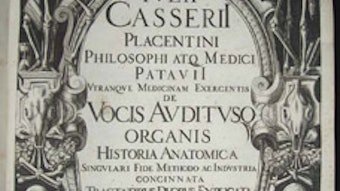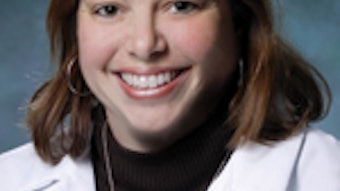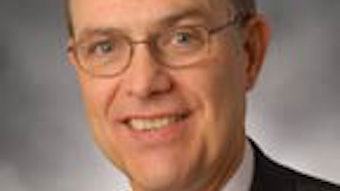Academy Releases Sample ENT Superbill to Assist Members in the ICD-9 to ICD-10 Conversion
Note the postcard in the polybag of this month’s Bulletin. By accessing the link on it, members will find a new resource, developed by the Academy. The tool is aimed at assisting members and ENT practices with their transition from ICD-9 to ICD-10 coding by the October 2014 deadline. This sample ICD-10 superbill is designed to assist otolaryngology practices in quickly completing and submitting procedure(s) and diagnosis(s) codes from a patient visit for reimbursement. It is generally customized for an otolaryngology office and contains fields for patient information, the most common CPT (procedure), and ICD-10-CM (diagnostic) codes used by otolaryngologists. Access this Microsoft Word version of the superbill on the Academy’s ICD-10 webpage at http://bit.ly/entICD10, which is designed to be customizable by users to include the most frequently billed procedures and associated diagnostic codes used in their office. Members should note that this superbill is designed solely as an exercise in demonstrating the process of transitioning to the new ICD-10-CM coding system, and does not represent an endorsement by the Academy of the use of superbills or this particular superbill format. For more information on the transition to ICD-10, please email the health policy team at healthpolicy@entnet.org.

Members should note that this superbill is designed solely as an exercise in demonstrating the process of transitioning to the new ICD-10-CM coding system, and does not represent an endorsement by the Academy of the use of superbills or this particular superbill format. For more information on the transition to ICD-10, please email the health policy team at healthpolicy@entnet.org.
